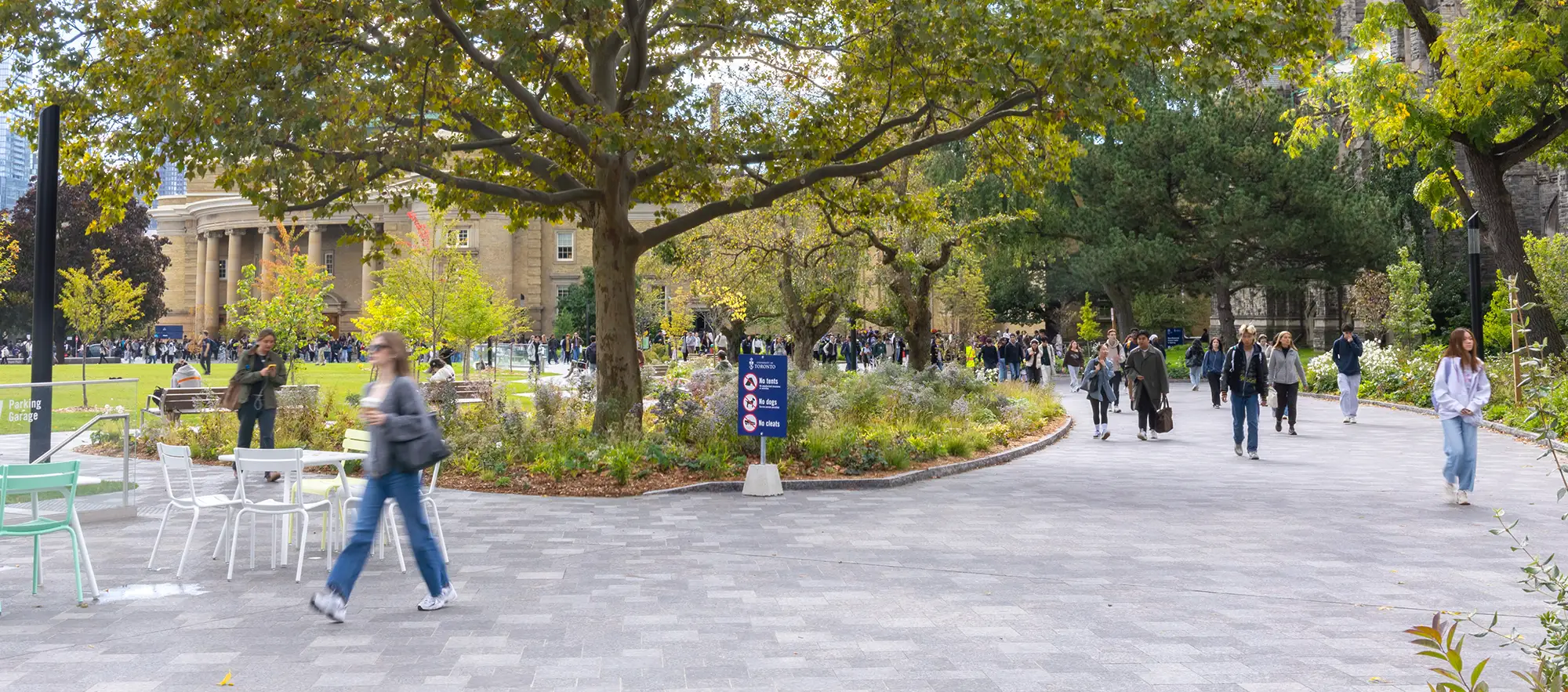This project drives social justice change in curriculum design by leveraging students as partners to co-create anti-racist curriculum while dismantling structural inequities and destabilizing power structures in the classroom. The classroom will become a lively place of social justice and experiential learning as students build a curriculum they want to see in higher learning.
Outcomes
Students will be professionally trained by course partners to learn tangible, marketable skills that are often taught in spaces that are underrepresented by BIPOC students such as science graduate programs. There are 2 assessment themes that students will select in order to co-create course materials that can be used in future versions of the course.
- Assessment theme 1 addresses systemic barriers by intentionally diversifying course content, creating opportunities for learning related to equity and inclusion competencies. Students will be trained in qualitative research methods to conduct interviews of BIPOC experts in public and global health from the U of T and the surrounding community, and then learn how to code interview responses and how to edit their videos to embed equity concepts that become part of course content as “voices from the field”. These videos will elevate BIPOC voices and build representation into curriculum. This assessment technique is especially important for BIPOC students who are often excluded from this type of training and practice within or outside of coursework.
- Assessment theme 2 responds to discipline-specific challenges/opportunities by building a curriculum to address pervasive race-based misconceptions and lack of race-based data in medicine, health curriculum, and health literature. Students will co-create the reading list and build a database according to course conceptual underpinnings, that contain BIPOC representation in a variety of topics and in authorship that can be integrated into reading lists and curriculum planning. Students will be trained in qualitative data and literature searching methodologies.

